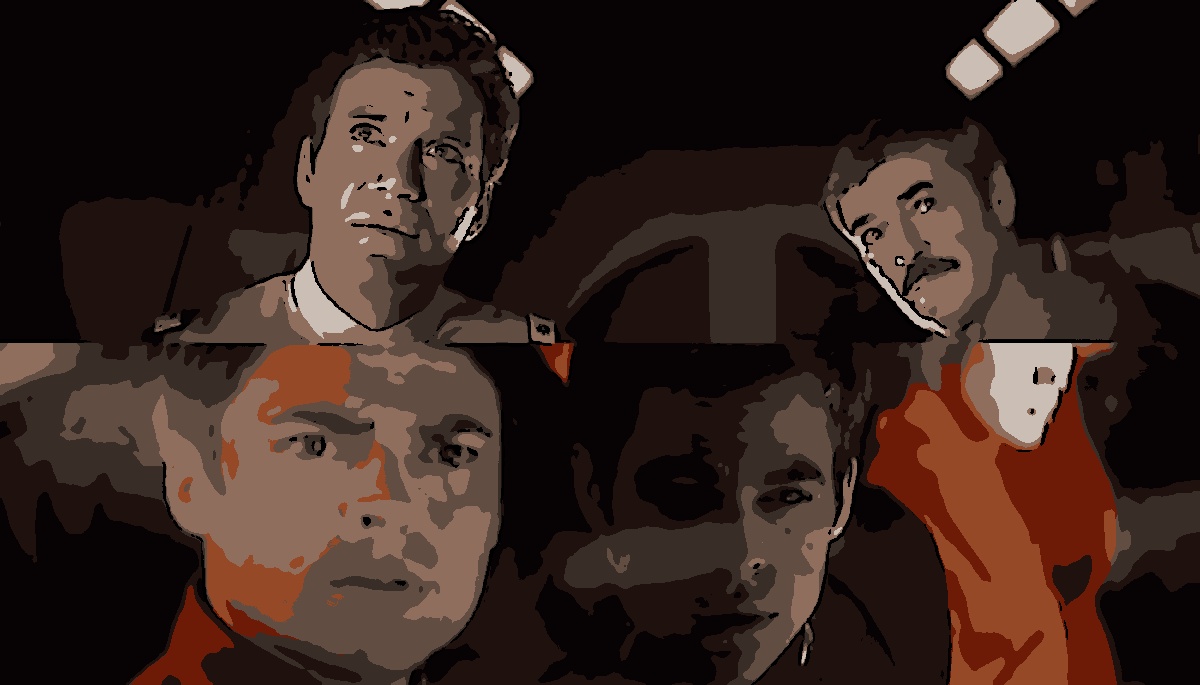Technology: CIEE creates program to generate 5 thousand apprenticeships

Quantum computing advances and new features are revealed
As a film lover, I like to observe in films the values and style of society at the time in which they were made. Even in science fiction, they portray a supposed future following the patterns of when they were created.
Streaming platforms hold treasures to see how this evolves over time. It is interesting to note, in his first films, James Bond, the most technological spy in the world, used public telephones, as there was nothing like a cell phone. Not to mention his behaviors, common then, but reprehensible today.
One thing that always catches my attention in this exercise is the rhythm of the films. Itineraries need to reflect the speed of your time. Therefore, watching a film from the 1980s today can be a torturous experience for many. Not because the story is bad, but because some scenes can seem extremely long for a world in which WhatsApps and TikToks speed up our lives to an almost unbearable level. Even if we don’t use these products specifically, the digital medium has transformed us all.
This affects not only the way we consume films, music and other content, but also the way they are produced. Screenwriters and composers need to make these changes or risk being left without an audience.
An example is the scene in which Captain Kirk encounters the iconic Enterprise ship for the first time in the films, in the “Star Trek” franchise, something very important for fans. In the 1979 film, actor William Shatner was able to do this in a contemplative way in a scene lasting almost five minutes (in the photo, above). In the 2009 version, Chris Pine has less than a minute to do the same in a much more accelerated and intense way (click on the links to watch the scenes).
The songs also suffer from the “acceleration of life”. Melodious intros and instrumental solos fade away so that the listener quickly reaches the climax. Tracks are limited to three minutes, to avoid moving on to another song before the end. If this happens, the algorithms may understand that the song is not that interesting, playing it less from then on.
Digital resources have turned us into anxious people and can hinder our understanding. We don’t work at the pace of computers and smartphones and our brain needs time to absorb, process and store information.
We are losing the ability to contemplate and appreciate the beautiful and even the useful. Speeding up songs so they end quickly may be trendy, but does it make sense?
Technology makes us more productive: this is undeniable and welcome. But it cannot kill what differentiates us from machines, which is our ability to look at nature in its slowed down time and learn something like that.
In your opinion, how do we know that we are “past the point” in this “acceleration of life”?
To better understand these risks sponsored by digital platforms, I invite you to watch the video from my Digital Culture Pill this week.
Talk to me: Are you looking for media training or social media training? Do you need help writing posts and articles or recording amazing videos to make your career or business look good on social media? Send me a message and let’s chat! Come learn from me how to build your reputation!
Source: Atrevida
Earl Johnson is a music writer at Gossipify, known for his in-depth analysis and unique perspective on the industry. A graduate of USC with a degree in Music, he brings years of experience and passion to his writing. He covers the latest releases and trends, always on the lookout for the next big thing in music.









